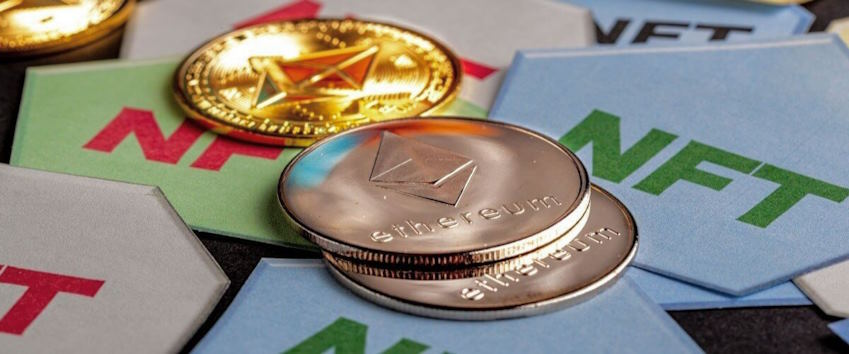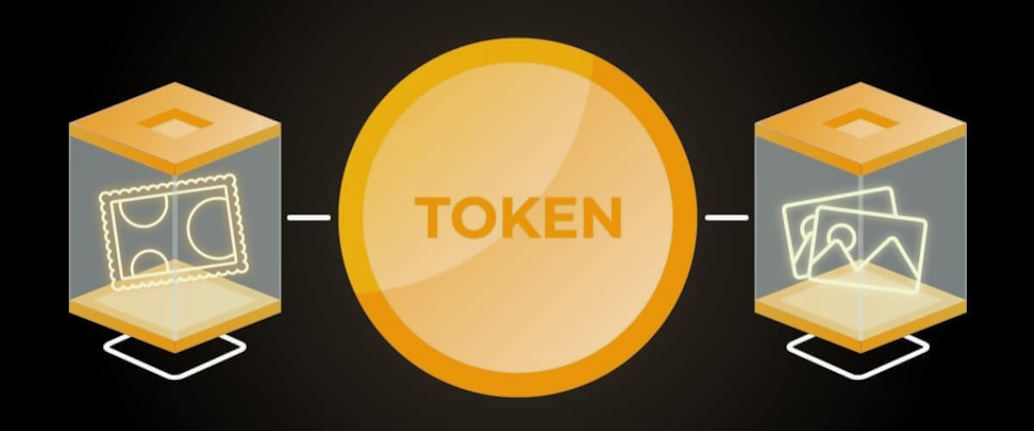Non-fungible tokens have become a revolutionary way for artists and creators to tokenize their work and prove ownership in the digital realm. This step-by-step guide outlines the process of turning creative works into NFTs, including minting, metadata, and blockchain platforms.
Step 1: Selecting a Blockchain Platform
Begin by choosing a blockchain platform for your NFT. Ethereum is the most widely used platform for NFTs, but other options like Binance Smart Chain, Flow, and Tezos are gaining traction. Ensure you have a digital wallet compatible with your chosen blockchain to store and manage your NFTs.
Step 2: Creating Metadata
Metadata is essential as it provides information about your creative work. Include details like the title, description, creator’s name, and relevant attributes. You can also add links to the artwork, multimedia content, and a unique identifier for the NFT.
Step 3: Minting the NFT
Minting involves creating a unique NFT on the blockchain. To do this, you’ll need to use an NFT minting platform, which facilitates the NFT creation process. Some popular minting platforms include OpenSea, Rarible, and Mintable. You’ll upload your creative work and its metadata on these platforms.

Step 4: Setting Properties and Attributes
During the minting process, you can configure various properties and attributes for your NFT. Choices include whether it’s a single or multiple edition NFT, royalties for future resales, and the NFT’s visibility status (public or private).
Step 5: Gas Fees and Confirming the Mint
Minting typically involves transaction fees known as “gas fees.” These fees are crucial for processing and validating your NFT on the blockchain. You’ll confirm the minting process after configuring your NFT and paying the gas fees.
Step 6: Verification and Provenance
Once your NFT is minted, it is verified on the blockchain, and its provenance is securely recorded in an immutable ledger. It establishes a unique and verifiable digital certificate for your work.
Step 7: Listing and Selling
To make your NFT available for sale or auction, you can list it on NFT marketplaces like OpenSea, SuperRare, or Foundation. Set the price, reserve price, or starting bid, and choose your preferred sales method (fixed price, auction, etc.).
Step 8: Transferring Ownership
When someone purchases your NFT, ownership is transferred securely on the blockchain. The new owner’s digital wallet is updated to reflect their ownership of the NFT.



